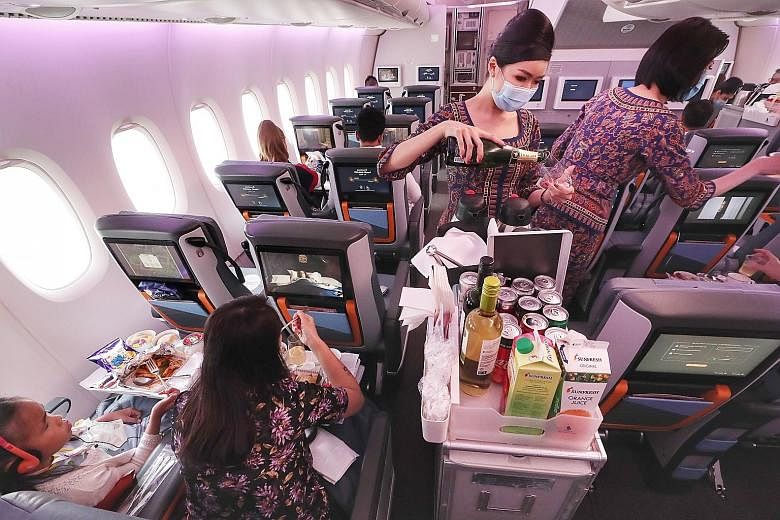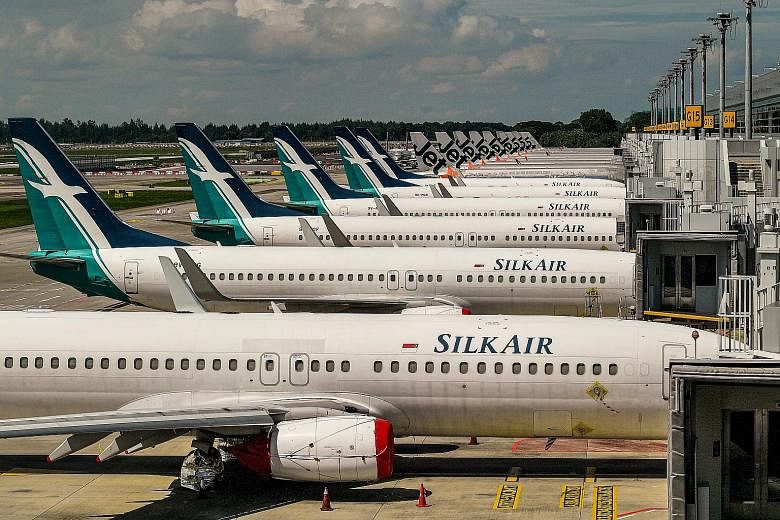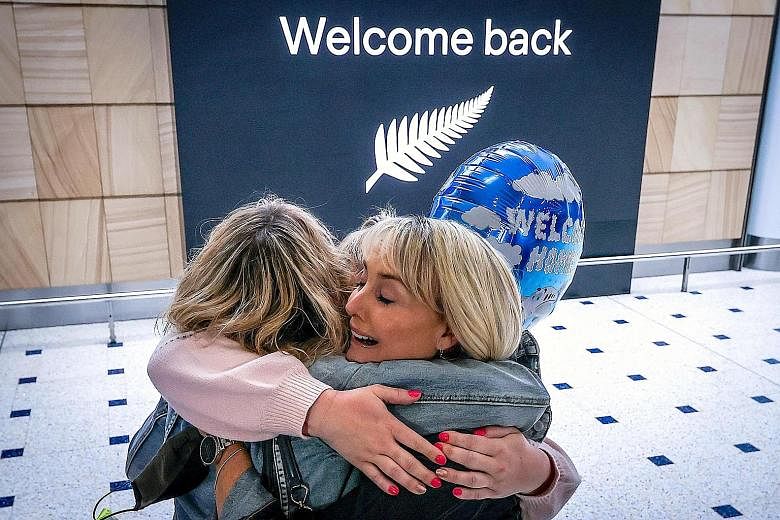Travelling overseas for leisure has been a privilege that was part of many Singaporeans' lifestyles.
But the wings of travel bugs were abruptly clipped earlier this year as the coronavirus pandemic shut down air travel.
Countries closed their borders to stem the spread of the virus, and many of these restrictions remain in place as 2020 draws to a close.
One way countries - including Singapore - have tried to revive international travel and battered tourism-linked industries is via an air travel bubble, which would allow travellers from one country to enter another for leisure without serving quarantine, provided they test negative for Covid-19.
These travel bubbles were mooted as a way to restart travel between countries that had Covid-19 under control.
Under Singapore's interpretation of such bubbles, tourists and other travellers will be tested for the coronavirus upon arrival in the country.
They will not have to be quarantined or follow a fixed itinerary if they test negative.
This goes a step beyond earlier announced arrangements, such as reciprocal green lanes which allow for only official and essential business travel.
Excitement about the resumption of leisure travel reached fever pitch when Transport Minister Ong Ye Kung announced on Nov 11 that Singaporeans would be able to travel to Hong Kong for leisure from Nov 22.
Tickets were quickly snapped up. The aviation authorities in both cities eagerly prepared for the launch of the bubble, with elaborate welcome ceremonies planned in both countries.
But just one day before, a spike in Covid-19 cases in Hong Kong led to both cities agreeing to a two-week delay to the travel arrangement.
That has now stretched indefinitely into the next year.
But Mr Ong said this month that Singapore will continue to seek new regions to establish travel bubbles with. Potential partner countries include those that Singapore has unilaterally opened its borders to, such as Australia (excluding New South Wales) and Vietnam.
The aviation sector will be hoping for good news on this front soon after a suffocating year.
Changi Airport has registered just 11.6 million passenger movements up till last month.
This is 81.2 per cent lower than the 68.3 million passenger movements registered in the whole of last year.
More than half of this year's traffic - 5.95 million - was registered in January alone, before the Covid-19 pandemic escalated.
The low number of passengers resulted in the suspension of operations at Changi Airport terminals 2 and 4. The mega Changi Airport Terminal 5 project, due to be completed in the 2030s, was also paused for at least two years.
Meanwhile, the Singapore Airlines (SIA) Group - made up of SIA, budget arm Scoot and regional arm SilkAir - carried 98.1 per cent fewer passengers last month compared with November last year.
The continued severity of the pandemic meant that firms in the sector have had to cut jobs in a bid to cushion the impact of the falling number of travellers.
The SIA Group said in September that it would cut around 4,300 positions across its three airlines.
-
11.6m
Number of passenger movements registered at Changi Airport this year till last month.
-
68.3m
Number of passenger movements registered at Changi Airport last year.
The other local carrier, Jetstar Asia, said in June that it would cut about 180 people - 26 per cent of its workforce - with most of the remaining staff staying furloughed till the end of this year.
Significant pay cuts were also introduced at SIA, Changi Airport Group and other aviation firms.
But after the bleakest of years, the local and global aviation sector will likely find some relief next year.
Passenger numbers are slowly picking up again, after hitting rock bottom in the earlier half of this year.
The introduction of vaccines against Covid-19 has also sparked hope that there is now a clearer path to recovery for air travel.
The air travel industry has used this period to improve its offerings in preparation for post-pandemic travel, with contactless journeys now possible and technology for vaccine passports in the works.
The public has shown that it remains supportive of the local air hub even amid time away from the skies.
One-off offerings by SIA, such as a dining experience on board its grounded Airbus A-380 planes, as well as tours of its training school, were very well received.
The road to recovery will be long and arduous for the air travel industry, with the International Air Transport Association predicting that air passenger traffic will fully recover only by 2024.
But as Prime Minister Lee Hsien Loong said in an address to Parliament in September, the aviation sector will take flight again.
He said: "Do not doubt. Do not fear. Jewel will shine again. Changi will thrive again. SIA will be a great way to fly once more."














